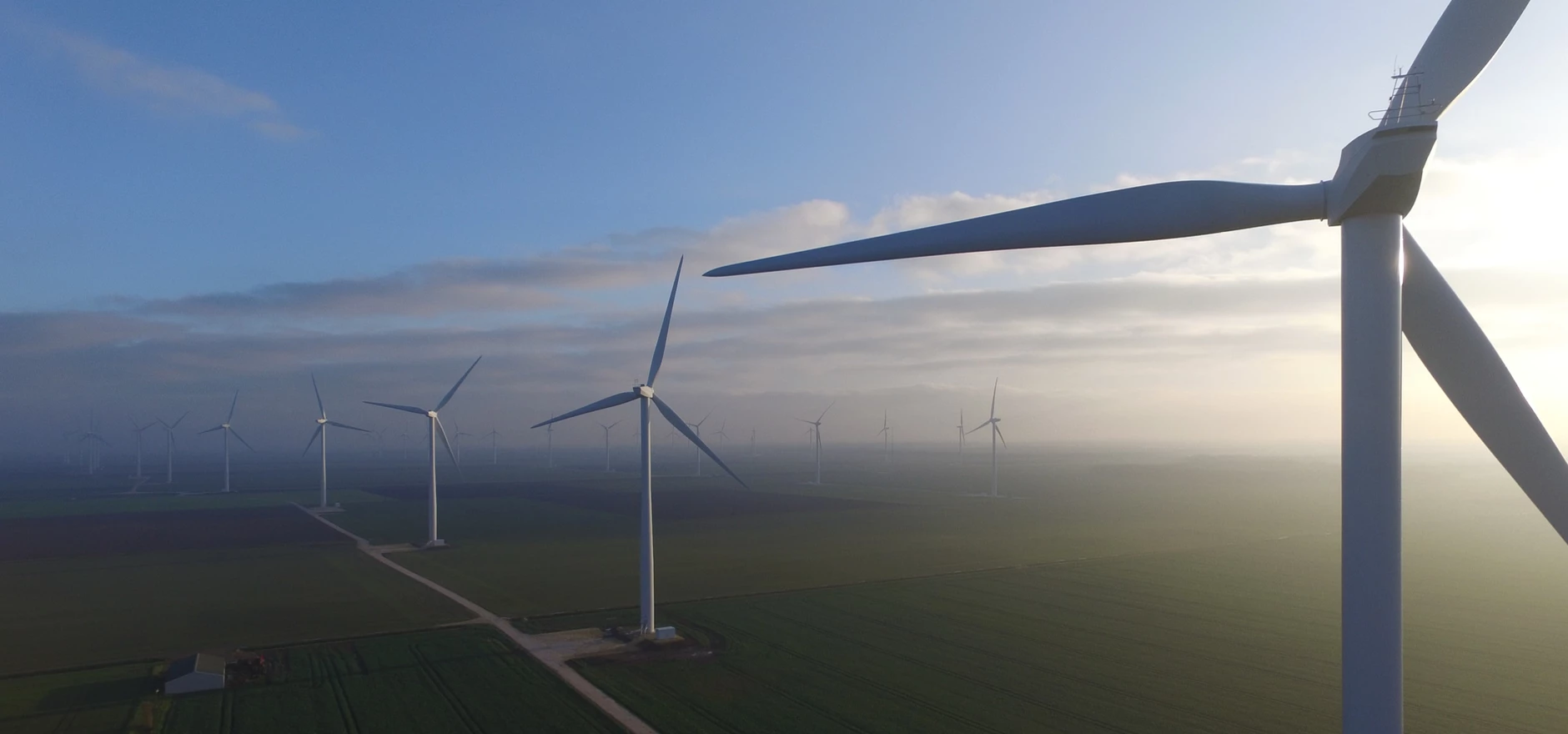
Testing breathes new life into turbine blades
A “groundbreaking” renewable energy project is helping point the way to longer-lasting turbine blades.
The Offshore Renewable Energy (ORE) Catapult, working with wind power giant RWE, has trialled methods that could extend turbine blade lifespans by up to 50 per cent.
Bosses say the findings could mean wind farms continue producing clean energy for longer, offering savings for consumers and supporting the UK’s drive for home-grown power.
Testing took place at ORE Catapult’s Blyth facility, in Northumberland, on a blade that had already been in use for two decades at one of RWE’s most exposed onshore wind sites.
Engineers replicated real-world conditions, accelerating wear and tear to simulate years of additional use in just days.
This allowed them to assess how different solutions could strengthen ageing blades.
RWE plans to use the insights across its fleet as part of ongoing life-extension assessments, while ORE Catapult says the breakthrough could complement turbine repowering strategies and help secure cleaner, more cost-efficient energy for the future.
Sally Poxon, principal validation engineer at ORE Catapult, said: “With hundreds of wind turbines, both onshore and offshore, approaching the end of their planned life cycles over the next few years, it’s important that we understand more about how to potentially extend the life of turbine blades.
“This is a vital part of making sure we have a clear route to meeting the UK’s clean power and net-zero targets.
“By working closely with colleagues at RWE, we applied real-world physical testing to a blade which has already seen 20 years of operation and aged it dramatically to test a variety of different technical solutions and monitoring techniques.
“We believe this could be a breakthrough moment for the wind industry, and one which further underlines the value and importance of this type of bespoke physical testing.”
Jessica Woodhall, RWE head of operations strategy and optimisation, added: “This groundbreaking testing programme by ORE Catapult and RWE marks a significant milestone.
“By demonstrating the potential to extend the lifespan of turbine blades, we can unlock substantial benefits, including increased energy production, reduced maintenance costs, and enhanced sustainability.
“This innovation can help us maximise the value of our existing assets and support the growth of renewable energy.”
UK-based blade monitoring specialist ELEVEN-I, recently acquired by ONYX Insight, also contributed to the project by applying advanced sensors and software to track blade health throughout the testing.
Dr Philip Shackleton, principal engineer for blade sensing at ONYX Insight, added: “Working with ORE Catapult provides unique opportunities for industrial collaboration in the space of emerging technologies, such as for our blade condition monitoring hardware and analytics.
“Our vision is for whole life blade monitoring that can deliver benefits to the widest range of wind energy stakeholders, and end of life/lifetime extension is a key period in that wind turbine blade life cycle.
“To be able to participate in this joint project between ORE Catapult and RWE on accelerated lifetime extension testing was invaluable for further validation of our analytics techniques and theories.”
Looking to promote your product/service to SME businesses in your region? Find out how Bdaily can help →
Enjoy the read? Get Bdaily delivered.
Sign up to receive our daily bulletin, sent to your inbox, for free.








 How to make your growth strategy deliver in 2026
How to make your growth strategy deliver in 2026
 Powering a new wave of regional screen indies
Powering a new wave of regional screen indies
 A new year and a new outlook for property scene
A new year and a new outlook for property scene
 Zero per cent - but maximum brand exposure
Zero per cent - but maximum brand exposure
 We don’t talk about money stress enough
We don’t talk about money stress enough
 A year of resilience, growth and collaboration
A year of resilience, growth and collaboration
 Apprenticeships: Lower standards risk safety
Apprenticeships: Lower standards risk safety
 Keeping it reel: Creating video in an authenticity era
Keeping it reel: Creating video in an authenticity era
 Budget: Creating a more vibrant market economy
Budget: Creating a more vibrant market economy
 Celebrating excellence and community support
Celebrating excellence and community support
 The value of nurturing homegrown innovation
The value of nurturing homegrown innovation
 A dynamic, fair and innovative economy
A dynamic, fair and innovative economy